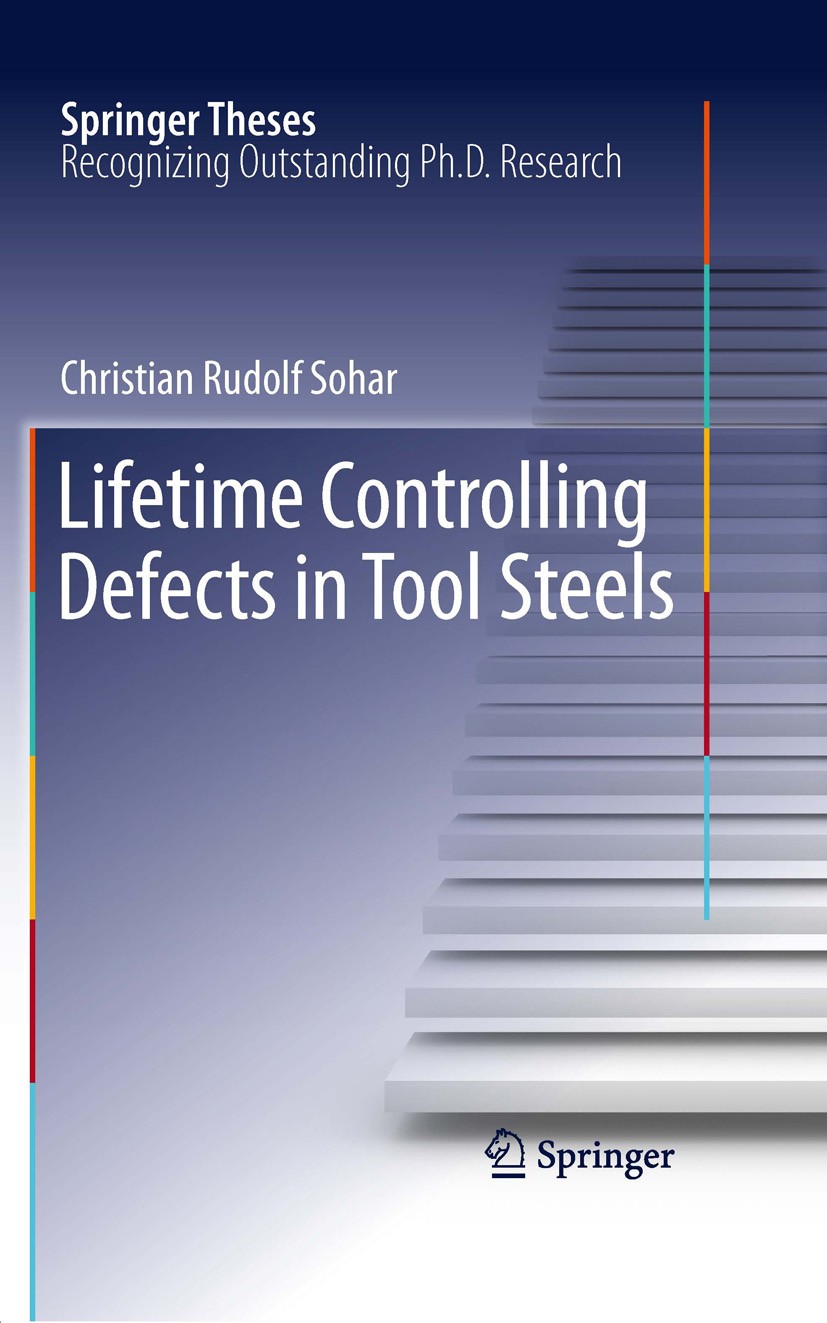| 书目名称 | Lifetime Controlling Defects in Tool Steels |
| 编辑 | Christian Rudolf Sohar |
| 视频video | http://file.papertrans.cn/586/585960/585960.mp4 |
| 概述 | Nominated by the Vienna University of Technology for a Springer Theses Prize.Presents an interdisciplinary approach to the investigation of manufactured tool steels in the gigacycle range.Provides an |
| 丛书名称 | Springer Theses |
| 图书封面 |  |
| 描述 | .In this thesis Christian Sohar describes his investigation into the gigacycle fatigue behavior of tool steels. In an interdisciplinary approach he uses knowledge and methods from a wide variety of disciplines including materials science, metallurgy, chemistry, physics and mechanical engineering. Christian gives a general introduction into steel tools and fatigue in materials. Later he extensively discusses the experimental techniques and results. Indeed it is the detail of the content in this thesis which makes it an invaluable resource for students entering the field and scientists working in related disciplines. Overall, the thesis helps us understand more about the mechanical behavior of metallic materials with complex microstructure and high hardness.. |
| 出版日期 | Book 2011 |
| 版次 | 1 |
| doi | https://doi.org/10.1007/978-3-642-21646-6 |
| isbn_softcover | 978-3-662-50788-9 |
| isbn_ebook | 978-3-642-21646-6Series ISSN 2190-5053 Series E-ISSN 2190-5061 |
| issn_series | 2190-5053 |
| copyright | Springer-Verlag Berlin Heidelberg 2011 |
 |Archiver|手机版|小黑屋|
派博传思国际
( 京公网安备110108008328)
GMT+8, 2025-12-27 23:41
|Archiver|手机版|小黑屋|
派博传思国际
( 京公网安备110108008328)
GMT+8, 2025-12-27 23:41


